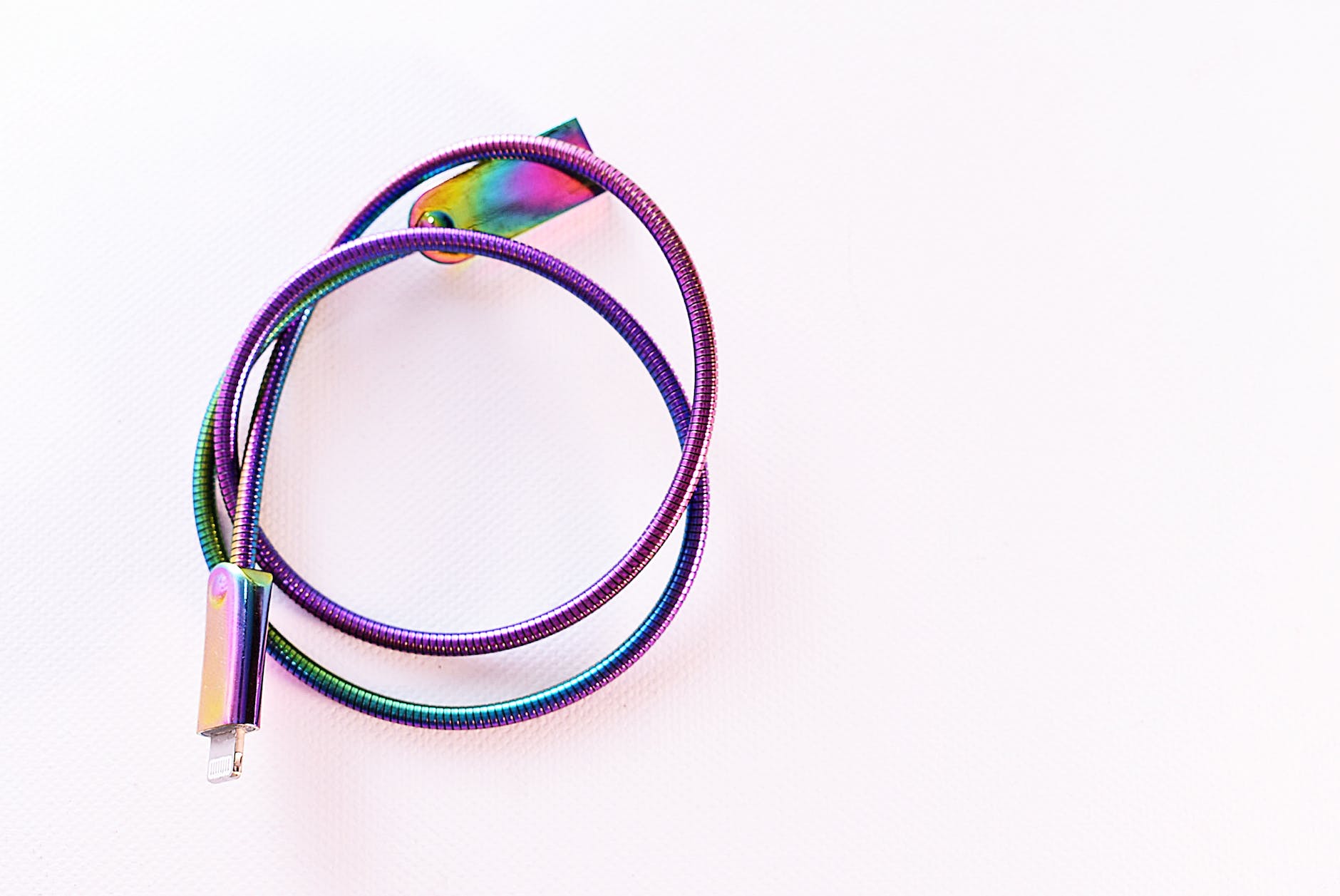Mantas Sereika from Aalborg University in Denmark presented at the nanopore Community Meeting 2022 on “Targeted deep metagenomics for the recovery of novel closed microbial genomes from highly complex communities.” I thought this ten-minute session had an intriguing title, as I begin to wonder what we will do next in the BIT 295 course in the fall. Sereika spoke about the challenges of assembling microbes from complex microbial communities and how targeted metagenomics uses various techniques to assemble specific genomes of interest. Sereika then spoke about cable bacteria, long bacteria capable of conducting long distance electron transfer. These organisms have been enriched, MAGs have been created, but complete genomes have not been achieved. Sereika used three samples of varying complexity to address this gap in knowledge. The method they used included sequencing with a MinION Mk1B with MIN106 R9.4.1 flow cells and the ligation sequencing kit (SQK-LSK110). They then used Guppy for basecalling and assembled with MetaFlye. Racon and Medaka were used for polishing with short reads, followed by automated and manual binning and quality control with CheckM + GTDB. For their strain enrichment metagenome, they obtained 66 closed metagenome assembled genomes (cMAGs). One of the MAGs was for a cable bacterium identified as a MAG previously. Next, the brackish sediment sample produced 32 high-quality MAGs. One MAG was taxonomically classified at the family level to cable bacteria and subsequently named Ca. Electronema halotolerans. The marine sediment metagenome produced 13 HQ MAGs. One contig was then identified as cable bacteria-related and then determined to be a new sequence. They classified it as Ca. Electrothrix taxa. A second round of assembly was cleaner. These findings, Sereika concluded, produced the “first-ever closed genomes of cable bacteria recovered with Nanopore sequencing.” I learned that “subsetting and re-assembly of Nanopore reads enables to recover more contiguous MAGs.” I will have to try this with metagenomes we produce from compost and electronic waste-related samples!



